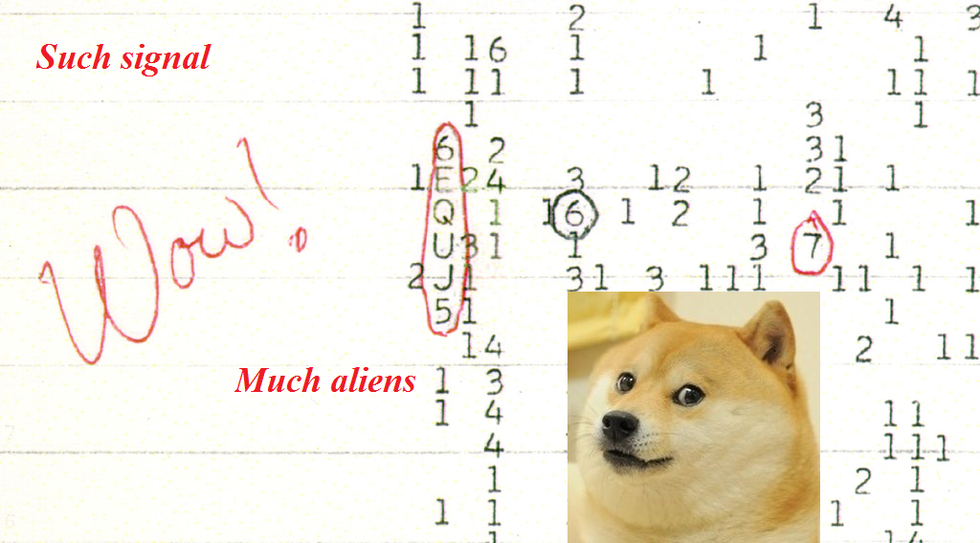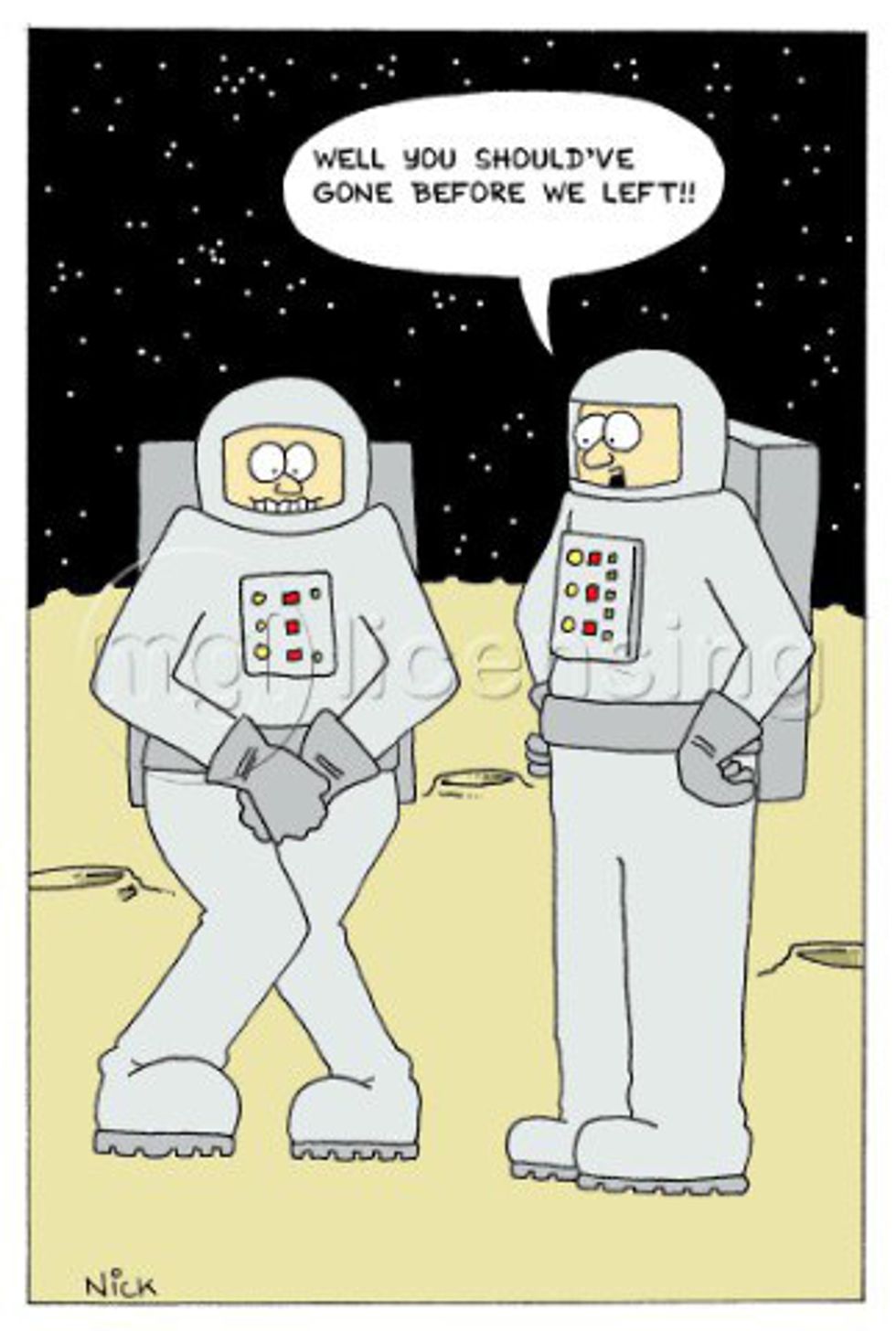Recently, several scientists discovered the presence of gravitational waves, which made a middle C sound when detected. The existence of these waves was initially predicted by Einstein in his theory of relativity and, as a result, this discovery further confirms that theory. These waves are essentially a result of energetic processes in the universe, and they are distortions in the space-time continuum. In celebration of this groundbreaking discovery, here are some space facts that are just as exciting to know.
1. The International Space Station is the most expensive object that was ever built.
The cost of building the ISS was over $150 billion. The biggest contributor to this project was the United States and other contributors include Europe, Russia, Japan and Canada.
2. A part of Isaac Newton's apple tree was sent to space to "defy" gravity
Take that, Newton.
3. We detected a signal from space in 1977 that lasted 72 seconds, and we still don't know its origin.
Aliens? Maybe. Known as the Wow! signal, it received its name from the scientist who detected it. He circled the signal on the printout and commented "Wow!" and the name stuck. We haven't been able to detect the signal again.
4. There is a floating reservoir of water in space that contains 140 trillion times the amount of water found on Earth.
Over 12 billion light years away, this water surrounds a quasar, or a feeding black hole. As the quasar feeds, it emits a massive amount of energy and the water surrounds this black hole in the form of water vapor.
5. NASA has developed a 3D pizza printer for astronauts.
Pizza is a staple in everyone's diet. Why should the astronauts have to miss out just because they're not on Earth?
6. NASA has discovered stars in the galaxy that are cool enough to touch.
These stars, known as Y-dwarfs, are also called "failed stars" because they have low densities and, therefore, are unable to fuse atoms at the core. This in turn prevents them from turning into the burning hot stars that we commonly envision when we think of stars. So exactly how cool are they? Cooler than the human body. Imagine being able to touch a star. Now THAT'S cool.
7. Astronauts can't tell when their bladders are full.
The bladder has stretch receptors that are activated when the bladder is 1/3 full so that you know when you need to go. However, in space, since there is no gravity, the urine does not collect at the bottom of the bladder as it does on Earth, and so the receptors are not triggered as they should be. To prevent this, astronauts are trained to relieve themselves every two hours. Who knew going to the bathroom in space could be such a production?
8. American astronauts have been able to vote from space since 1997.
The astronauts send in a PDF version of the ballot, which is encrypted so that only the astronaut and the clerk can open it. Then, the clerk copies the ballot by hand and submits it as a proxy. Voting is a basic American right, and astronauts should be able to vote too!
9. There is an album that was recorded entirely in space.
Astronaut Chris Hadfield released an album entitled "Space Sessions: Songs From a Tin Can." This album, released in 2015, was the first album ever to be completely recorded in space. If you're considering a new career path, you might want to consider space musician.
10. Russian cosmonauts carry guns into space to protect themselves against bears.
Yes, you read that correctly. Much of Russia's terrain consists of desolate wilderness. Therefore, if the descent back to Earth goes off course, it's better for the astronauts to be armed to protect themselves against potential bears. Bet you didn't think about that when you dreamed of becoming an astronaut as a kid.
11. A full space suit costs $12 million.
We all know that it requires quite a bit of money to send someone into space. But did you know that 70 percent of this cost is for the backpack and control module?
12. It is estimated that there are around 100 billion stars and 100 billion black holes in our galaxy.
Of those 100 billion black holes, only around a dozen of them have been identified by scientists because they are invisible to us. Talk about an intense game of hide-and-seek.

































